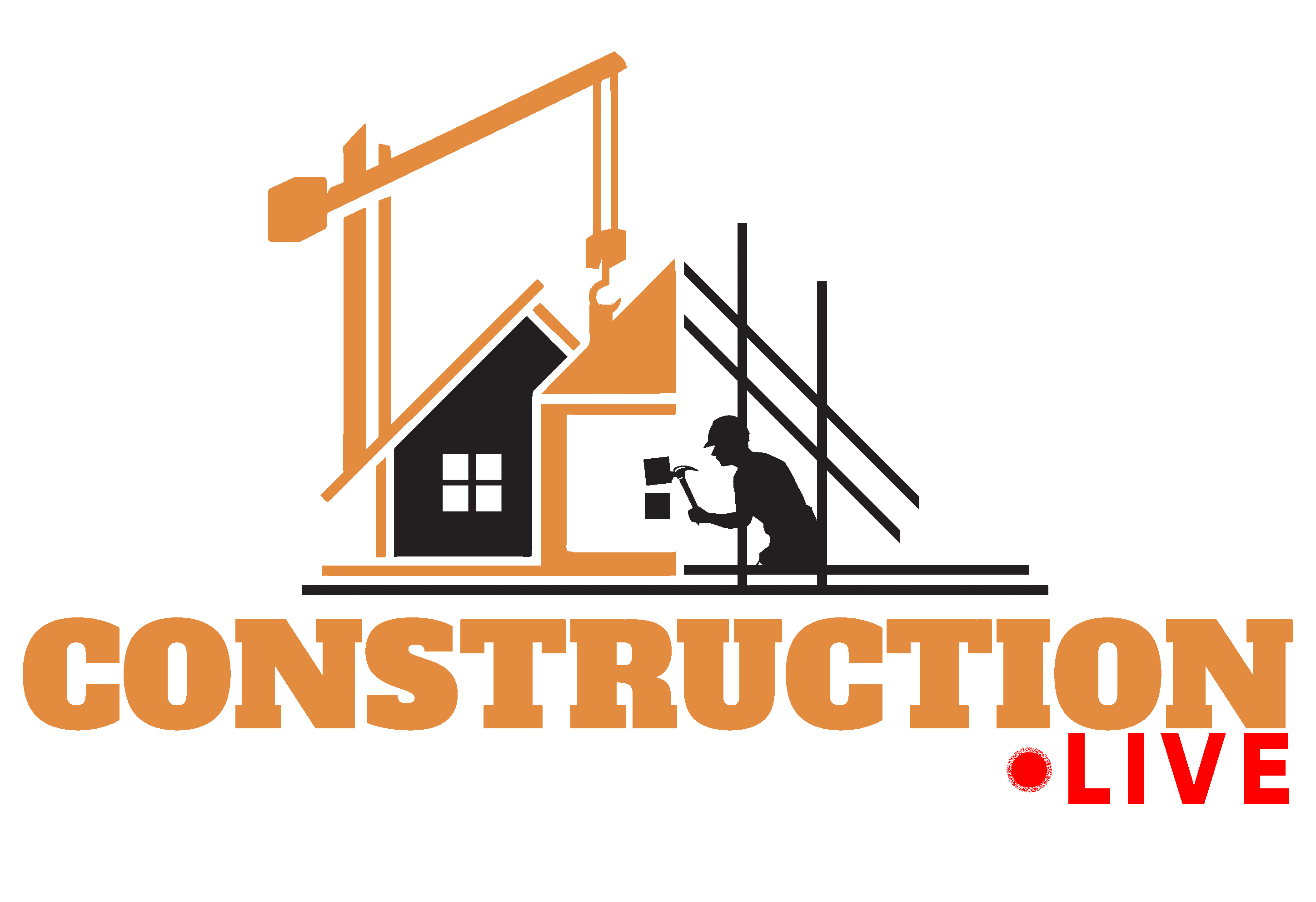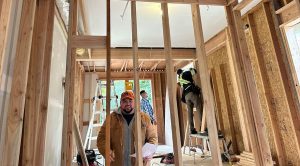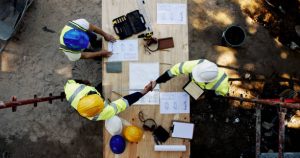See the door, the couch, and the window that lets light spill in. Every line you notice began with one question: What is architectural design? Architects ask that question before a single brick gets placed. They study how you walk, where the sun sits, and even how a wall feels under your hand. As a result, they turn everyday rooms into places where life unfolds with ease.
In this blog, we will systematically unpack the idea. You will learn why good design makes mornings smoother, wallets happier, and cities greener. At Construction, we believe good design should feel invisible—because it simply works. By the end, you will spot smart design choices everywhere you go.
1. Understanding the Basics
Architectural design is the plan behind a building’s look and use. It blends art with science so people stay safe, comfortable, and inspired. Architects follow a clear path, yet each project starts with three simple goals:
- Function: Spaces must help with daily tasks, whether cooking or catching a train.
- Form: Shapes, colors, and textures should feel pleasant.
- Impact: Buildings should fit the land and respect nature.
For example, a school might need wide halls so students can move quickly. Meanwhile, a hospital needs clear signs so patients can find help fast. Famous architect Louis Sullivan once said, “Form ever follows function.” His idea still guides designers today. Therefore, when you ask what is architectural design, remember it is first a tool for solving human problems, then a chance to make beauty.
2. Why Architectural Design Matters Every Day
Good design touches health, money, and even mood. Consider these facts:
- Buildings create almost 40% of the world’s energy use, so smart plans cut big costs.
- According to U.S. studies, daylight in offices can raise worker focus by 15%.
- Open green roofs can cool city blocks by up to 5°F on hot days.
Because design shapes such numbers, it shapes lives. Also, thoughtful spaces invite community ties. A well-placed bench beside a wide sidewalk can spark neighbor chats. Moreover, safe layouts reduce accidents; ramps and railings welcome people of all ages and abilities. Finally, design decisions last decades, so wise choices today guard tomorrow’s climate. Therefore, answering what is architectural design is not trivia; it is a key to better living for everyone.
3. Key Elements You Can Spot in Any Building
Look around again, and you will find design clues everywhere. Watch for these six features:
- Lines and Shapes: Straight lines feel orderly, while curves soften large rooms.
- Light: Big windows bring in the sun and cut power bills.
- Materials: Wood feels warm; steel feels strong; glass lets views flow.
- Color: Calm blues can quiet classrooms; bright tones can energize gyms.
- Flow: Clear paths help people move without bumps or backtracking.
- Safety Layers: Exits, alarms, and sprinklers guard lives.
When these parts work together, a building feels simple to use. For instance, airports move sidewalks along long halls, making travel shorter. Likewise, libraries tuck silent study zones far from busy doors. Each detail answers the same core query: What is architectural design doing for the user? Because every element has a job, you can judge design quality by how well those jobs get done.
4. From Idea to Opening: The Design Process
Design moves in clear stages. Each one guides a project from first talk to ribbon-cutting.
Mini-Steps Inside the Journey
Step One – Listen
Architects meet users, walk the site, and list every need.
Step Two – Shape
They sketch massing, test room flow, and adjust light paths.
Step Three – Detail
Drawings gain sizes, materials, and code notes. Engineers join in.
Step Four – Approve
Teams send plans to local officials for safety checks.
Step Five – Build
Crews place steel, pour concrete, and install systems. Architects watch progress.
“Good buildings come from good people, and all problems are solved by good design.”
| Phase | Goal | Key Tool |
| Pre-Design | Define goals and limits | Interviews |
| Schematic | Test layout ideas | Bubble diagrams |
| Development | Refine look and systems | 3D models |
| Documents | Lock details for bids | CAD sheets |
| Permitting | Win legal approval | Code reports |
| Build | Turn plans into reality | Site visits |
Bullet list check-in:
- Each phase answers new questions.
- Yet all link back to users’ daily lives.
- Clear steps cut waste and risk.
5. Common Building Types and Designer Focus
Different places call for different rules. Below is a quick guide to six major categories and what matters most. At Construction, we often explore how design shifts depending on who will use the space and for what purpose.
| Type | Main Users | Top Priorities |
| Homes | Families | Comfort, privacy, daylight |
| Offices | Workers | Flexibility, tech links, clear paths |
| Schools | Students | Safety, noise control, bright rooms |
| Hospitals | Patients | Clean flow, way-finding, calm light |
| Shops | Shoppers | Easy entry, product sight-lines |
| Parks | Everyone | Shade, seating, nature links |
Key points designers weigh:
- Scale: A tiny café feels cozy; a stadium must host crowds.
- Time of Use: Homes serve all day; theaters shine at night.
- Climate Fit: Thick walls suit cold zones; deep eaves shade hot regions.
Stats that shape choices:
- A U.S. study shows shoppers stay 30% longer in stores with daylight.
- Schools with skylights raise math scores by up to 20%.
Because each setting differs, answering the question of “what is architectural design,” which involves tuning solutions, not copying styles.
6. New Trends Shaping Future Spaces
Design never stands still. Three big movements lead today’s change.
1. Building Green
- Net-zero offices cut carbon by half within ten years.
- Green roofs can drop indoor temps by 4°F in summer.
- Reused timber trims embodied carbon by 25%.
2. Tech Tools
- BIM links drawings and budgets, saving 15% on rework.
- Virtual reality lets clients “walk” designs before ground breaks.
“We shape our buildings; thereafter they shape us.”
3. People-First Thinking
- Biophilic rooms add plants and sky views; stress levels fall 10%.
- Shared streets slow cars, so kids play safely.
Bullet notes for quick recall:
- Green saves money and the planet.
- Tech catches errors early.
- Human comfort guides every choice.
These shifts prove the question of “what is architectural design?” It is still growing, aiming for smarter, kinder places. As trends evolve, one truth stays: design serves life first.
7. Design and the Planet: Building for a Better Future
Architects now place the Earth at the table from day one. They start by counting energy use and waste. In the United States, buildings create almost 40 percent of carbon gases. Because of that huge slice, small design moves can make a loud change.
- Passive cooling keeps rooms comfy with shade and cross-breezes, saving air-conditioning costs.
- Local materials cut long truck trips and help money stay in the community.
- Solar roofs can pay for themselves in under ten years in sunny states.
A 2024 report shows net-zero schools can trim power bills by 55 percent. Even better, students test higher when the air flows cleanly. Therefore, when you ask what architectural design is today, the reply must include clean air, healthy soil, and lower bills. Good design should serve people and the planet with one smart plan.
8. How to Spot Good Design in Everyday Places
You do not need blueprints to judge a building. Use your senses instead.
- Feel the Flow
Walk from the door to the destination. Do you turn back or face blockages? Smooth routes earn points. - Watch the Light
Glance at windows and lamps. Can you read without a bulb at noon? Natural light boosts mood and saves money. - Listen for Calm
Thick walls and soft panels hush street noise. Quiet rooms show thoughtful planning. - Check the Air
Fresh, cool air hints at smart vents and healthy materials. - Look Outside
Does the structure match nearby heights and colors? Kind neighbors fit in rather than shout.
You can answer your own: What is architectural design? You check daily using this easy list. Soon, buses, cafés, and clinics will reveal their secrets to you.
FAQs
Q1. Why do architects make so many drawings?
Drawings test ideas on paper first, which is cheaper than fixing errors on site.
Q2. How long does the full design process take?
A house may need six months; a hospital can take years because rules are strict.
Q3. Can green design cost less?
Yes. While some parts cost more upfront, lower power bills return the extra in a few years.
Q4. Does design affect mental health?
Studies show daylight and views of trees can cut stress by ten percent or more.
Why Architectural Design Shapes More Than Just Buildings
Architectural design is the quiet partner that shapes every step we take indoors and out. It blends need, beauty, safety, and care for Earth into one clear map. Next time you enter any room, pause and ask, what is architectural design doing here for me? The answer will guide you toward spaces that gracefully serve both people and the planet. That’s why at Construction, we’re committed to helping you understand the spaces you live, work, and grow in.






